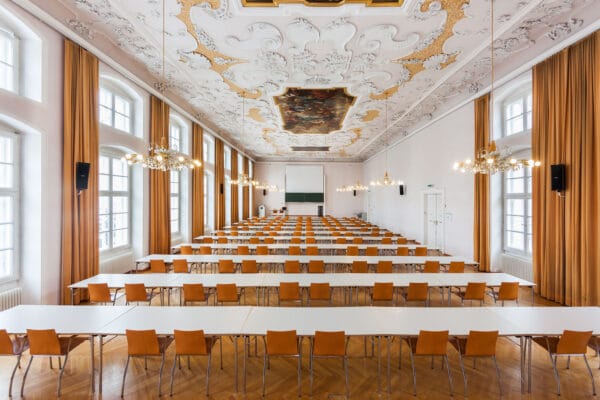
NAME:
Theologie - MS
BUILDING:
Theologie
FLOOR:
2
TYPE:
Lecture Room
CAPACITY:
108
ACCESS:
Only Participants
EQUIPMENT:
Beamer, PC, WLAN (Eduroam), Overhead, Flipchart, Blackboard, Handicapped Accessible, LAN, Microphones, Sound System
Addressing sustainability challenges in mountain regions where human activities (e.g. agriculture, forestry, tourism) strongly overlap requires multi-actor collaboration and interdisciplinary methods. Such collaborative processes need to account for (i) the existence of diverse representations of mountain social-ecological systems amongst actors and (ii) the fact that sustainability challenges have both ecological and social causes and consequences.
The work we present aimed at supporting mountain science and sustainable development by developing a conceptual model of mountain social-ecological systems to be used as a basis for dialogue within and outside academia. This model is designed as a boundary object, i.e. a representation that both sums up commonalities and supports the expression of different perspectives. It is developed based on (i) available scientific knowledge on mountain social-ecological systems, across natural and social sciences, (ii) existing conceptual frameworks describing socio-ecological systems, and (iii) interviews based on photographs and paintings, with professionals from the sectors of tourism, agriculture, energy, and forestry, in a Swiss alpine region. The interviews were analysed qualitatively to explore the diversity of representations amongst actors.
We present the diversity of perceptions and representations of mountains amongst actors, showing differences in what elements people focus on, in their affective responses, and in their conceptual representations of mountain social-ecological systems. The model synthesizes these emotional and cognitive constructs, together with the existing scientific literature, into a Natural Mountain System and a Human Mountain System of equal weight, interacting through direct and indirect drivers of change. We detail the components and processes at play within each of the subsystems. An important originality of the model lies in its inclusion of a Personal Stance describing an individual actor’s relationship to the Natural Mountain System, along five dimensions (responsibility / accountability, legitimacy, acceptance, awe / affiliation, and perceived self-efficacy). We illustrate how different Personal Stances in a mountain social-ecological systems lead to different visions of what constitutes a desirable future for mountain regions.
